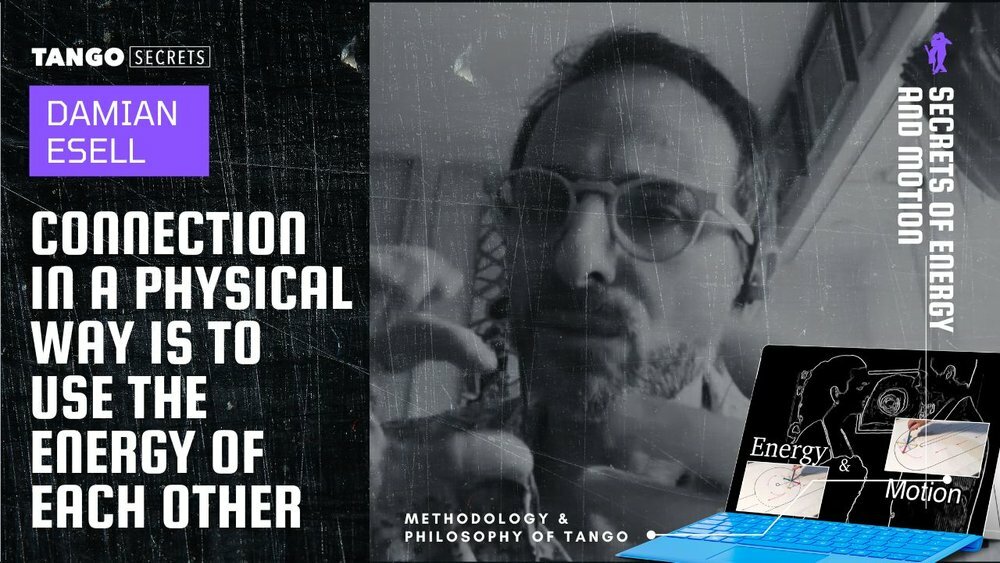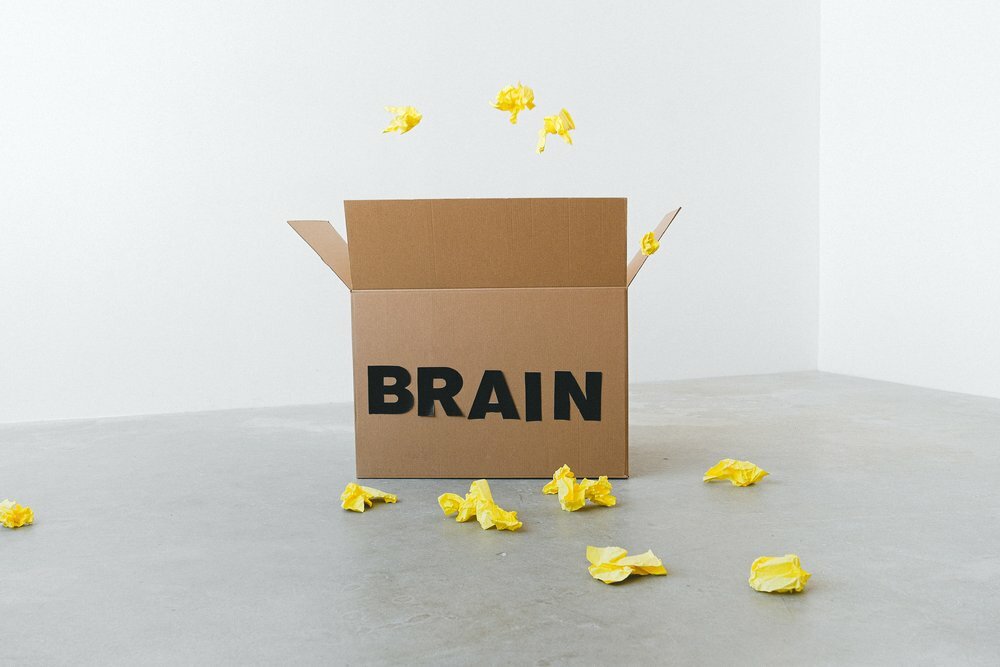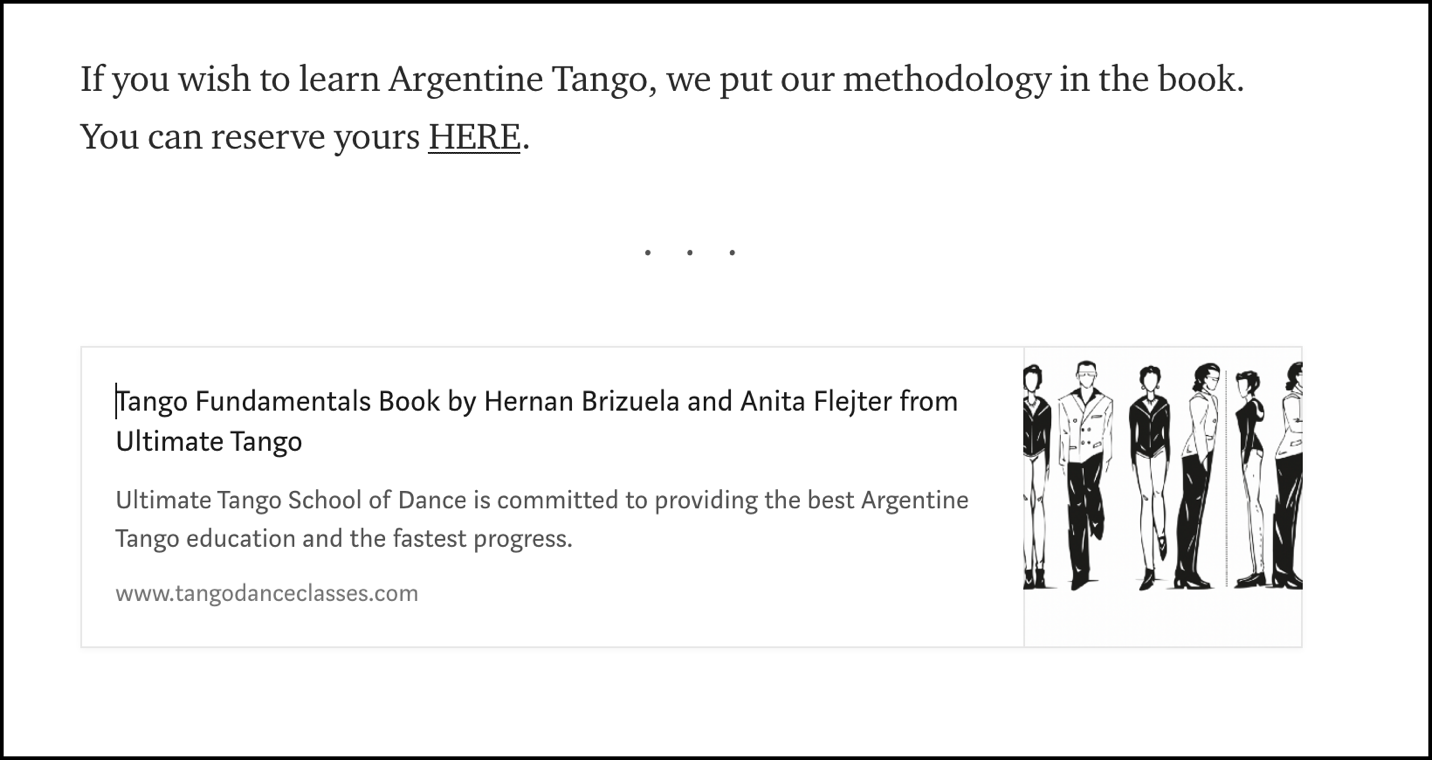Tango is a fascinating, dynamic partner dance which intrinsically involves various types of captivating dance movements.
Because of its striking combination of enthralling dance steps, thrilling music, and dazzling visuals, it’s not surprising that the tango is famous all over the globe. Each lively dance motion performed by the dancers naturally captures the attention of the audience.
Damian Esell, from TanghostLeader, discusses memorization, energy, and motion in Argentine tango. Continue reading to learn the explanations behind the learning process of this world-renowned dance. Whether tango dancing is your hobby or your profession, you can benefit from these tips that will make it easier for you and your dance partner to memorize tango choreographies.

Watch full interview here: https://courses.ultimatetango.com/courses/tango-secrets-TanGhostLeader-with-Damian-Esell
Why Memorization Is Important
Memorization is important because you cannot remember everything that you see, hear, feel, and taste. There is too much sensory stimulation from the outside world, so your brain can’t absorb everything. You need to consciously instruct your brain to memorize certain knowledge that you wish to remember for a long time.
Esell defines the memorization process as
“the systematic repetition of an action to be able to learn whatever it is. Whether it is memorizing a text, a melody, the performance of a musical piece through an instrument, driving a vehicle, a dance choreography, etc.”

How Memorization Works
The human brain is in charge of the memorization process. Damian explains some of the ways that your brain handles memorization tasks:
1. The Brain Simplifies Information
Your brain will streamline the total information that it absorbs. For instance, in case you encounter a forest, you will observe the trees, plants, animals, ground, and sky. However, you will probably have no idea how many trees are in the forest or how many leaves each tree has. At the end of the day, you will remember the setting as a forest scene.
2. The Brain Organizes Memories in Chronological Order
By default, your brain arranges your memories chronologically. This sequential arrangement enables you to recognize the order in which events in your life took place. Over time, old memories from distant years become less vivid as you acquire new memories from more recent years.
3. The Brain Categorizes Memories by Theme
Your brain also has the ability to sort out your memories according to theme and topic. It categorizes new memories based on its association to your collective memories, which you have accumulated over the years. For instance, when someone mentions the name of your friend, the names of your mutual friends may also pop up in your mind. If you see a photo of a place you’ve traveled to, you might recall the other details of your vacation in that particular location.
4. The Brain Stores Infinite Memories
Human memory is similar to a computer. Unlike a hard drive, however, it has no storage limit. All of your memories that you have acquired over your lifetime are stored somewhere in your brain. Still, this does not mean that you can consciously remember every single one of these countless memories.
5. The Brain Has an “Immediate Memory Box”
Your brain has designated an “immediate memory box,” which contains all the essential knowledge and information you need. This box is limited to the vital and urgent data which will enable you to perform your daily tasks and special projects, as well as to interact with the people in your current social and professional circle.
Esell reveals that our tango skills and other creative knowledge are kept in this immediate memory box:
“And that is where we have to store our artistic and sports knowledge such as the hand movement technique of a pianist, or the handling of a ball in a sport, or the dance steps in a dance such as the tango dance.”
How To Improve Tango Dance Memorization Skills
TanghostLeader creator, Damian Esell, shares tips on how expert and amateur Argentine tango dancers alike can boost their memorization skills:
1. Keep Practicing
You can easily memorize simple and complex dance movements by repeating them again and again in a systematic way. You need to keep practicing every dance step even after you have already mastered its execution.
Constant repetition will ensure that your dancing knowledge will remain in the immediate memory box of your brain.
Practice is necessary for all levels of tango students, ranging from budding beginners to competitive professionals. Esell emphasizes:
“The relentless way to learn is memorization through repetition.”
2. Keep Observing
Before you are able to memorize a tango dance, you need to observe your teacher or other dancers to learn the steps and figure out the timing. Pay close attention as your instructor demonstrates various dance motions in class.
Concentrate as you watch your teacher, so you can understand how and when you should execute the movements with your dance partner.
Gaining understanding on how to perform dance steps is similar to discovering a road in the desert that leads to an oasis.
3. Keep Attempting
Once you are able to properly observe how the tango dance is performed, it’s time to attempt it on your own or with your dance partner. Do your best to imitate the dance motions of your teacher. Try to become proficient in the basic steps first before you put your own spin to the movements.
It might be challenging at first to copy the dance steps of your instructor, but you will minimize energy expenditure overtime through repetition.
Your brain strengthens new neural connections via repetition in the same way that a desert road becomes more passable by traveling over it repeatedly. By repeating the steps over and over again, you will need to exert less effort with every attempt.
Keep in mind that the overall time that you will require to master each type of tango dance will depend on how simple or complex it is. As Esell points out:
“The more complex the object to be memorized, the longer the path to build or interconnect, the more arduous the task will be.”
4. Keep Reviewing
After you successfully memorize a particular tango dance, it does not mean that you can already stop practicing it completely.
Even as you move on to learning other tango choreographies, you still need to review the dances that you already learned previously so that you will not forget them nor waste your past efforts.
Just in case you end up forgetting certain dance steps, you can still review the choreography. You don’t need to start from scratch anymore because you will simply be uncovering the memories that you already have.
Esell explains how reviewing works:
“When we review something we learned sometime there in the past, the sensation is that of taking the duster, the broom, and the cloth and sweeping the accumulated dust on the memory. But there it is! The memory still exists and was simply buried in the past.”
Still, it is better for you to review a tango dance periodically before you forget it than trying to relearn it. Esell warns that
“Forgetting a learned movement or correcting it and relearning it in a new way represents a gigantic effort and requires a lot of will.”
You can save yourself effort in the future by setting aside time for occasional review sessions.

What Principles To Remember While Memorizing Tango Dance Choreographies
Do your best to keep these basic principles in mind to motivate yourself while learning and memorizing tango dance choreographies:
1. You Have a Unique Dance Learning Ability
Different dancers have different learning curves. As a dancer, you have your own level of capacity to learn and relearn tango dances.
Do not feel discouraged if you are not able to absorb your dance lessons as quickly as other experienced dancers. On the other hand, do not feel frustrated with your dance partners in case they are not able to pick up dance steps as swiftly as you.
Esell reminds that:
“Some people are skilled at relearning a poorly learned or improvable knowledge, others are very willing to do it, but it takes them too long or they cannot, and others simply do not have the will to try.”
Be comfortable learning Tango at your own distinct pace.
2. You Can Improve Your Learning Ability
While you have a natural learning aptitude, you can take active steps to boost your learning ability. You can encourage your brain to memorize dance skills through a significant amount of practice.
By repeating dance movements, you can convince your brain that dance knowledge is important for your survival so that it will allocate memory space to it.
Once your brain stores the dance information, you simply need to review it so that it will always be available to be used for practice and performance purposes. This instant access is vital if you want to gain the capacity to utilize this dance knowledge whenever you need it.
3. You Can Achieve Automation via a Pedagogical Strategy
Automation is developed as you undergo the process of conditioning your brain to store information in an easily accessible place.
This automation via pedagogy makes it possible for you to memorize and execute complex dances. It allows you to reproduce dance steps without consciously thinking about it.
Esell shares how a pedagogical strategy can be applied to tango:
“Taking tango dance as an example, we can build a pedagogy based on a succession of objects ‘dance steps and exercises’ that will involve reviewing what was previously learned, that is to say, that while we are incorporating new knowledge, we review what we have already seen.”
Automation brought about by pedagogical techniques is a mechanical advantage for dancers like you and your partner. After all, it can minimize the effort of your brain and body as you execute a dance that you have already memorized. However, it does not mean that you can function on auto-pilot as a dancer.
No matter what your role is in the tango dance, don’t let your automated dance skills prevent you from savoring the emotions and sensations of the present moment.
Be careful that automation does not result in disconnection from your dance partner and from the spontaneity of the moment.
This clip from the movie Easy Virtue shows the simplicity and elegance of the Argentine Tango dance.
4. You Should Value Elegance as a Tango Dancer
While technical prowess is vital to dance enthusiasts like you, it’s not enough that you simply memorize the steps and perform them correctly.
You should also exude elegance whenever you and your partner dance the tango. After all, elegance is one of the defining characteristics of the tango dance.
It is possible for you to attain gracefulness as a dancer through meticulous study. In the same way that piano students practice exercises like scales and arpeggios to become proficient in piano playing, you can also perform individual and couple exercises to hone your dancing techniques and develop your dancing style.
Esell highlights the role of dance exercises in the achievement of elegance:
“In short, constant practice, through the repetition of joint exercises and sequences, and not resting on the laurels of automation are the key to a dance that is reliable, efficient, elegant, permanently updated and full of emotion and feeling.”

Learn More Tango Tips From Tanghostleader Damian Esell
We hope that Damian Esell’s exploration of the role of memorization on tango dance movements have helped you and your partner to improve your own tango learning ability.
Adapt the principles and apply the tips that he shared, so you can master dance motions more quickly and remember them for a longer time.
You can also read his original blog post or watch his YouTube video.
Subscribe to Damian Esell’s blog to increase your dance awareness and enhance your tango skills.
His passion for dance inspires him to share his knowledge of tango dancing. He uses words and images in a creative way to reveal dance secrets to fellow tango lovers like you.
He also motivates you to level up your musicality to level up your tango talents.
Reach out to Damian at +54 9 11 4889 6248 or [email protected] if you need his expert guidance on the art of the tango dance.
If you wish to learn Argentine Tango, we put our methodology in the book. You can reserve yours HERE.

